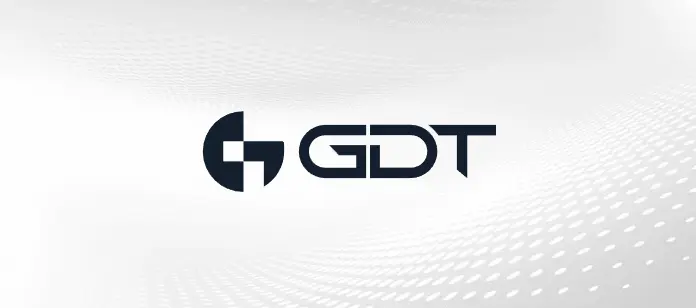By Richard Arneson
Containers, if you recall from last week’s blogs, pull from the application layer and package code and related application dependencies into one (1) neat, tidy package. Remember, this provides a step up from hypervisors, which require each VM to run their own OS, making them less efficient, especially when heavy scaling is required. There are other benefits of containers, of course, and you can refresh your memory here – VM, Hypervisor or Container?.
But the greatness of containerization―a fast, easy way to test and implement apps, address ever-fluctuating demands of users, quickly move apps between servers, et al.― can lead to management issues. The more containers that are created, the more inventory is created to maintain and manage. ZZ Top (3 members) doesn’t need a conductor, but when the New York Philharmonic (over a hundred) plays Beethoven’s 9th, it’s a must. And in the case of containerization, the conductor is called, appropriately, Orchestration.
Orchestration―making beautiful Container music
Orchestration software delivers a management platform for containers and helps define any relationships that exist between them. It can address containers’ need to scale, including how they talk to the world around them.
In short, Orchestration manages the creation, upgrading and availability of multiple containers, and controls connectivity between them. Entire container clusters can be treated as single deployments.
In addition, Orchestration provides:
- A single, virtual host that can cluster multiple hosts together, all accessible through a single API.
- Ease of host provisioning, and invalid nodes can be detected and automatically re-scheduled.
- Linking of containers, including clusters maintained within containers.
- The ability to control exactly when containers start and stop, and can group them into clusters, which can be formed for multiple containers that have common requirements. Clusters = easier management and monitoring.
- The ability to easily handle processes related to an application, and included toolsets enable users to better steer deployments.
- Automated updates, including the “health” of containers, and the ability to implement failover procedures.
We’re living in an Application-Centric world
Applications get larger and more complex with each passing day, but without containerization (and Orchestration), their need to work harmoniously is unwieldy, time-consuming, expensive and takes personnel off the key projects and initiatives that will keep their organization competitive in the marketplace. If there’s a need to develop, test and deploy sophisticated applications, Containers and Orchestration can help you play the right tune.
Turn to the engineers and solutions architects at GDT for more information about Containers and Orchestration
The talented technical professionals at GDT are experienced at helping customers enjoy the many benefits that Containers and Orchestration can deliver. They work with organizations of all sizes, and from a wide variety of industries, including government and service providers. They can be reached at SolutionsArchitects@gdt.com or at Engineering@gdt.com. They’d love to hear from you.



